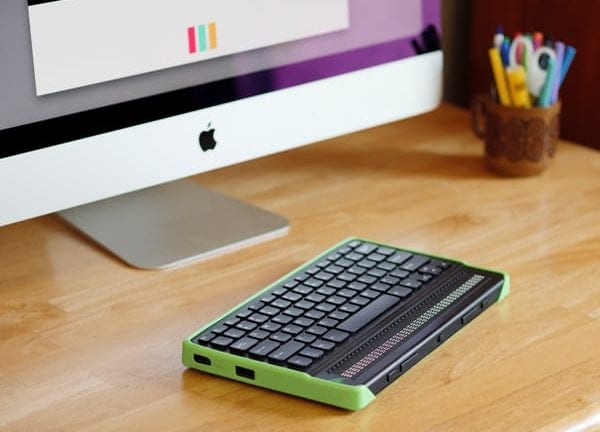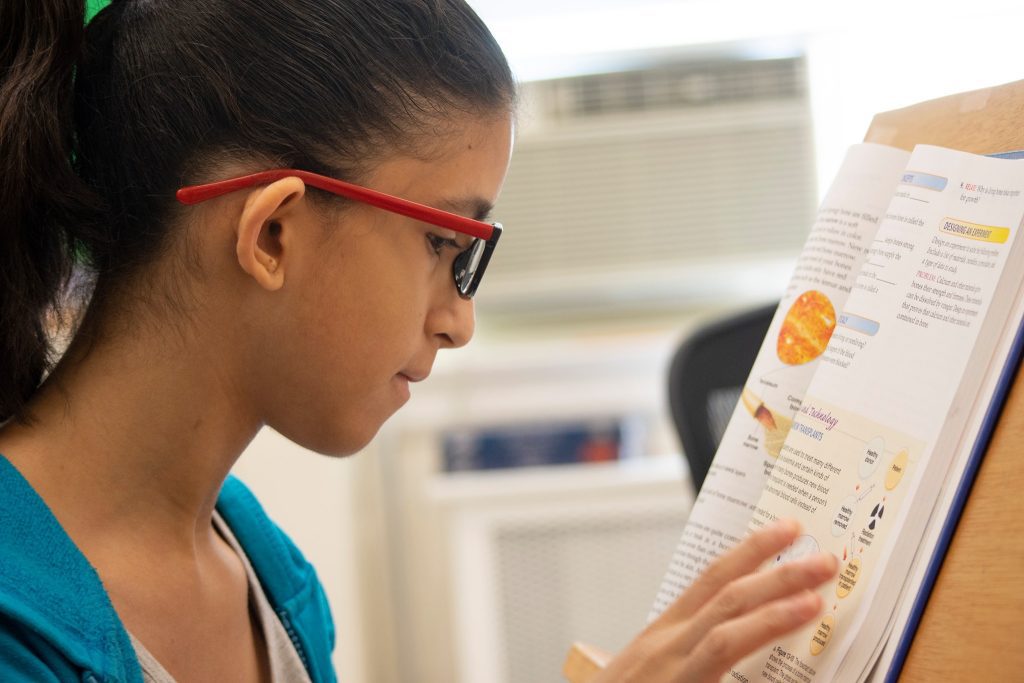Everyday Braille with BrailleBlaster, Mantis Q40, and Chameleon 20

In the 21st century, braille literacy is more important than ever. While screen readers have opened up a technological revolution that has made the world more accessible than ever before, audio is no replacement for the written word. Braille means deeper learning, better spelling and grammar, a better sense of how documents are formatted and what expectations the world has for a professional document. It means resumes, cover letters, and independence. It cannot be ignored.
Studies indicate that while students are actually doing a pretty good job of learning braille, they’re struggling in a key area: reading. They can learn to read braille, but they’re not learning to be good readers. This means comprehending what you’re reading and have appropriate strategies to handle it when you’re not understanding something. Some key skills that can help here are being able to take mental notes, to summarize as you go, and to retain your focus while reading.
One way that we can make better braille readers is by making braille available every day! Now, more than ever before, this is possible with BrailleBlaster and APH braille displays. One way to utilize BrailleBlaster is to transcribe web pages. It’s easy, and anyone can do it in minutes. First, you’ll need to download BrailleBlaster from brailleblaster.org. It’s available for Windows, Mac, and Linux.
Next, open your favorite browser, go to any web page, right-click and go to Save As, and then pick a location for the file. Now, open BrailleBlaster and open that HTML file. It will automatically translate and format the document. With some minor cleanup from you, maybe delete all of the unnecessary links and advertisements, and then go to File > Save BRF to create a BRF file that you can put on a thumb drive and plug into your braille display for quick daily reading.
By saving the web page and making a BRF, you remove some of the challenges of the web. The reader won’t have to fight their screen reader or worry about any of the other distractions that come with a computer and can instead just focus on the text. Before saving, you could even type some questions after the main body to test their understanding. If you know the student has a special interest like video games, space travel, or a particular TV show or book, maybe find articles that fit that topic. If you don’t have a Mantis Q40™ or Chameleon 20™, you could instead emboss the BRF file on either of the APH embossers, PixBlaster™ or PageBlaster™. This is a great solution because then the files will retain the spatial formatting.
Braille is special, but it shouldn’t be rare. The more braille we can put in front of students, the better equipped they will be to be professionally fulfilled and independent.
Share this article.
Related articles

Braille Tales Grows Readers Both in and Outside of the Classroom
At APH, our Braille Tales books help introduce braille to young readers. By giving blind or low vision students books...

Building an Easy Transition to Braille Learning with Braille Bridge
Learning to read braille as an adult can be a daunting task. The majority of early braille learning materials often...

Louis and the AMP Database: Supporting Students and the Field
The Louis Database The concept of sharing information between braille-producing agencies dates back to the 1950s, when APH used a...
